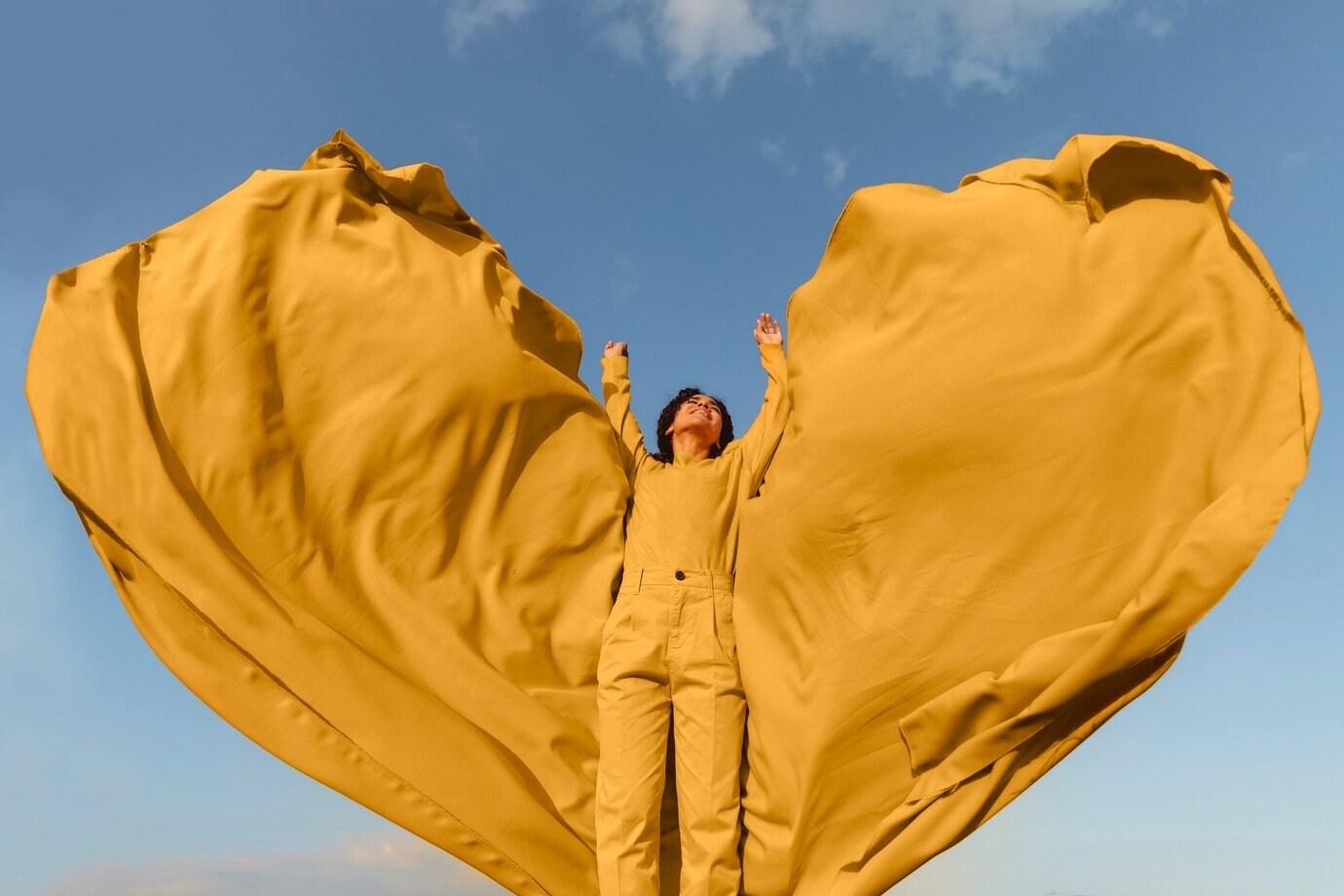Step into the Future: Embracing Sustainable Fashion Trends for 2024
In recent years, the fashion industry has witnessed a seismic shift towards sustainability, a movement driven by a growing awareness of environmental issues and a collective commitment to ethical practices. As we step into 2024, this evolution continues, with innovative concepts and practices shaping what we wear. This article will explore some of the key sustainable fashion trends for 2024, providing insight into how they impact consumers and highlighting brands that are leading the charge.
Zero-Waste Fashion
What is Zero-Waste Fashion?
Zero-waste fashion is a design approach that seeks to eliminate textile waste at all stages of a garment’s life cycle, from design and production to end-use. This is achieved through techniques that optimize fabric use, such as creative pattern making and the use of digital technologies to cut garments with minimal waste.
Why it Matters
The traditional fashion industry is notorious for its wastefulness, with approximately 15% of fabric typically wasted during the cutting process. By adopting zero-waste practices, designers can significantly reduce this figure, conserving valuable resources and minimizing the industry’s environmental footprint.
Brand Example
Patagonia is a pioneer in zero-waste fashion. The brand’s commitment to sustainability is evident in its use of recycled materials and innovative design strategies that minimize waste. Patagonia’s approach not only conserves resources but also sets a powerful example for the rest of the industry.
Biodegradable Fabrics
What are Biodegradable Fabrics?
Biodegradable fabrics are materials that can decompose naturally through the action of living organisms, returning to the earth without leaving harmful residues. These fabrics are derived from natural fibers such as organic cotton, hemp, and bamboo, as well as innovative materials like Tencel and Pinatex.
Why it Matters
The use of biodegradable fabrics addresses one of the critical challenges of fashion sustainability—textile waste. Unlike synthetic fibers, which can take hundreds of years to break down, biodegradable fabrics decompose rapidly, reducing landfill waste and environmental pollution.
Brand Example
Patagonia also exemplifies the use of biodegradable fabrics. The company frequently incorporates materials like organic cotton and hemp into its collections, ensuring that their products are not only durable and high-quality but also environmentally friendly.
Consumer Impact
Reduced Environmental Footprint
By choosing garments made from zero-waste and biodegradable materials, consumers contribute to a healthier planet. These practices significantly reduce waste and pollution, lessening the overall environmental impact of fashion.
Encouragement of Conscious Consumerism
Sustainable fashion trends promote the purchase of long-lasting, high-quality garments over fast fashion. This shift encourages consumers to make thoughtful, deliberate purchases that lead to less frequent buying and ultimately save money. It’s a win-win for both the planet and the wallet.
Personal Fulfillment
Supporting ethical and sustainable fashion offers a sense of personal fulfillment and pride. Consumers can feel good knowing that their choices contribute to positive change, supporting brands that prioritize people and the planet over profit.
Conclusion
As we move further into 2024, the adoption of sustainable fashion practices like zero-waste design and the use of biodegradable fabrics becomes increasingly critical. Brands like Patagonia are leading the way, demonstrating that it is possible to create beautiful, high-quality garments while respecting our environment.
By choosing sustainable fashion, consumers play an essential role in this movement, helping to drive change and reduce the industry’s environmental footprint. The future of fashion is not just about looking good—it’s about doing good.



